07 January 2021:Home learning
Good morning!
I hope you are all enjoying the cold weather!
Here are your lessons and activities for today.
Phonics
We will recap some phase 2 sounds.
Activities
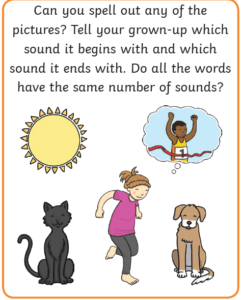
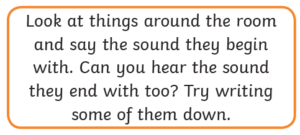
Maths
Before the holiday we investigated the number 5.
Watch Numberblocks 5 alive!
Activities
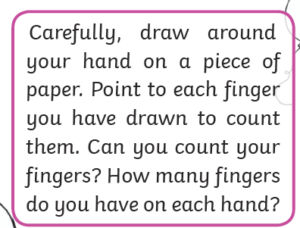
Talktime
Talk about what is happening in the picture.
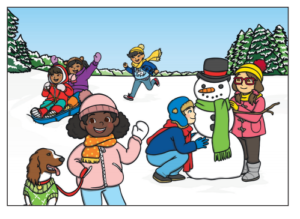
Draw a picture of you in the ice or snow.
Storytime
6 January 2021: Home learning
Good morning, Reception.
Here are today’s activities.
Phonics
This week we will recap the phonemes(sounds) from phase 2.
Practise the sounds in your phonics books.
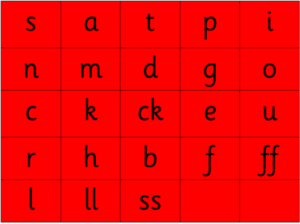
Words to read:
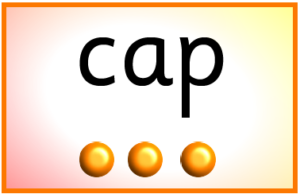
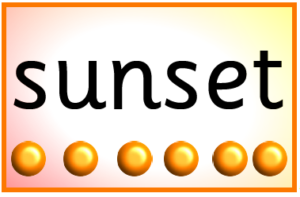
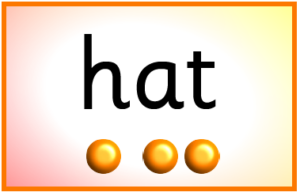



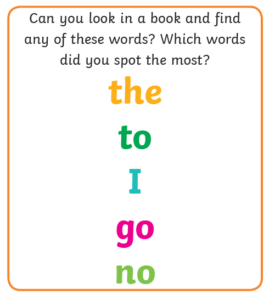
Maths
Let’s recap the number 4.
Sing the number 4 song from Numberblocks.
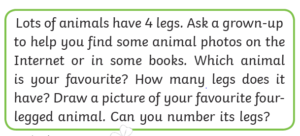
Make a collection of objects to represent the number 4. How many different ways can you find?
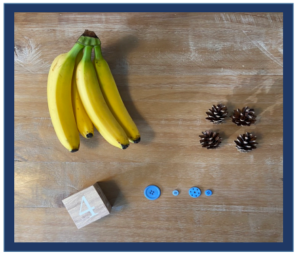
Storytime
Listen to today’s story.
Don’t forget to send me photos of your learning!
moortowneyfs@spherefederation.org
A quick hello
A quick message from Mrs Freeman. https://drive.google.com/file/d/1FrIcaKA0v8BCxw9CntV196yicBLwb1Ir/view?usp=sharing
Welcome back!
Hi everyone,
I’ve recorded a little welcome back to school message. Hope you’re all doing okay and I’ll look forward to seeing you either in school or online soon.
Mr W
Home learning
Hello Year 2 and happy new year!
Click on this video to see what your home learning will look like over the coming weeks.
Email me at benparker@spherefederation.org if you have any questions.
Important: changes to home learning
Hi everyone!
Here’s a short video explaining some changes to the home learning for this half term. Mr Roundtree will be communicating further details soon.
If you want to ask any questions, please don’t hesitate to email me:
jenwilson@spherefederation.org
Best wishes and see you soon!
Miss Wilson
Home Learning
Happy New Year, Y3!
I hope you have all had a lovely Christmas holiday and that you are all happy and healthy!
Click on this video to see what your home learning will look like over the coming weeks.
Email me at oliwain@spherefederation.org if you have any questions.
Home learning
Hello, everyone, and Happy New Year!
This wasn’t the start of the new year that we expected!
Here is where you will find lessons and activities for you to keep learning at home.
Please email me if you have any questions or want to send photos of your learning.
moortowneyfs@spherefederation.org
This half term our topic is ‘Winter’.
We will be looking at the signs of winter and how to keep warm. We will investigate ice and snow and learn about the animals, people and landscapes of the polar regions.
In maths we will learn all about the numbers 5-10.
We will continue Phase 3 phonics.
Phonics
Practise all the phase 2 phonemes.
Maths
We have been learning all about the number 5.
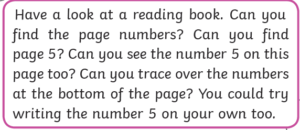
Activities
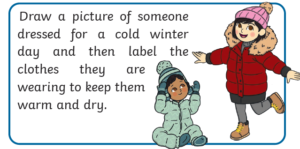
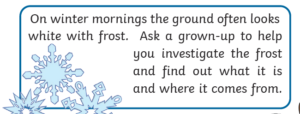
Happy New Year!
Happy New Year to Year 1 and their families.

We hope you have all had a safe and enjoyable break.
Mrs Taylor, Mrs Freeman, Mrs Bharath and Mrs Roth would like to say a big thank you for all our wonderful and thoughtful gifts. We are very grateful.
Thank you from Mr. Wain & Mrs. Maqbool!
Dear parents/carers,
As we can’t send Christmas cards this year, Mrs. Maqbool and I have decided to write a class news post instead!
We want to thank you for all the support you have shown both your children and us over the last term – it is massively appreciated and the children have done extremely well! We are so proud of them.
Thank you as well for all the lovely gifts that you have bought us! It’s so kind and thoughtful and we are extremely grateful! We have both decided to open our gifts on Christmas Day – we can’t wait! Thank you again!
We hope you all have a lovely, well earned, Christmas break and enjoy seeing off what has been a trickier year!
Thanks again for all the support you give all the time – see you in 2021!
Mr. Wain and Mrs. Maqbool